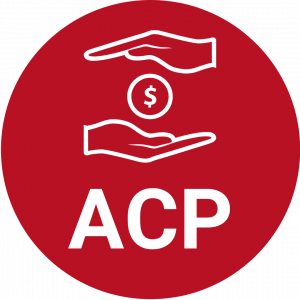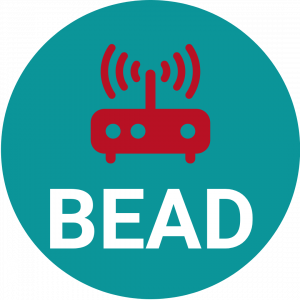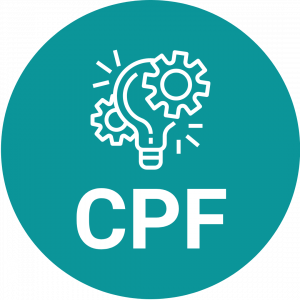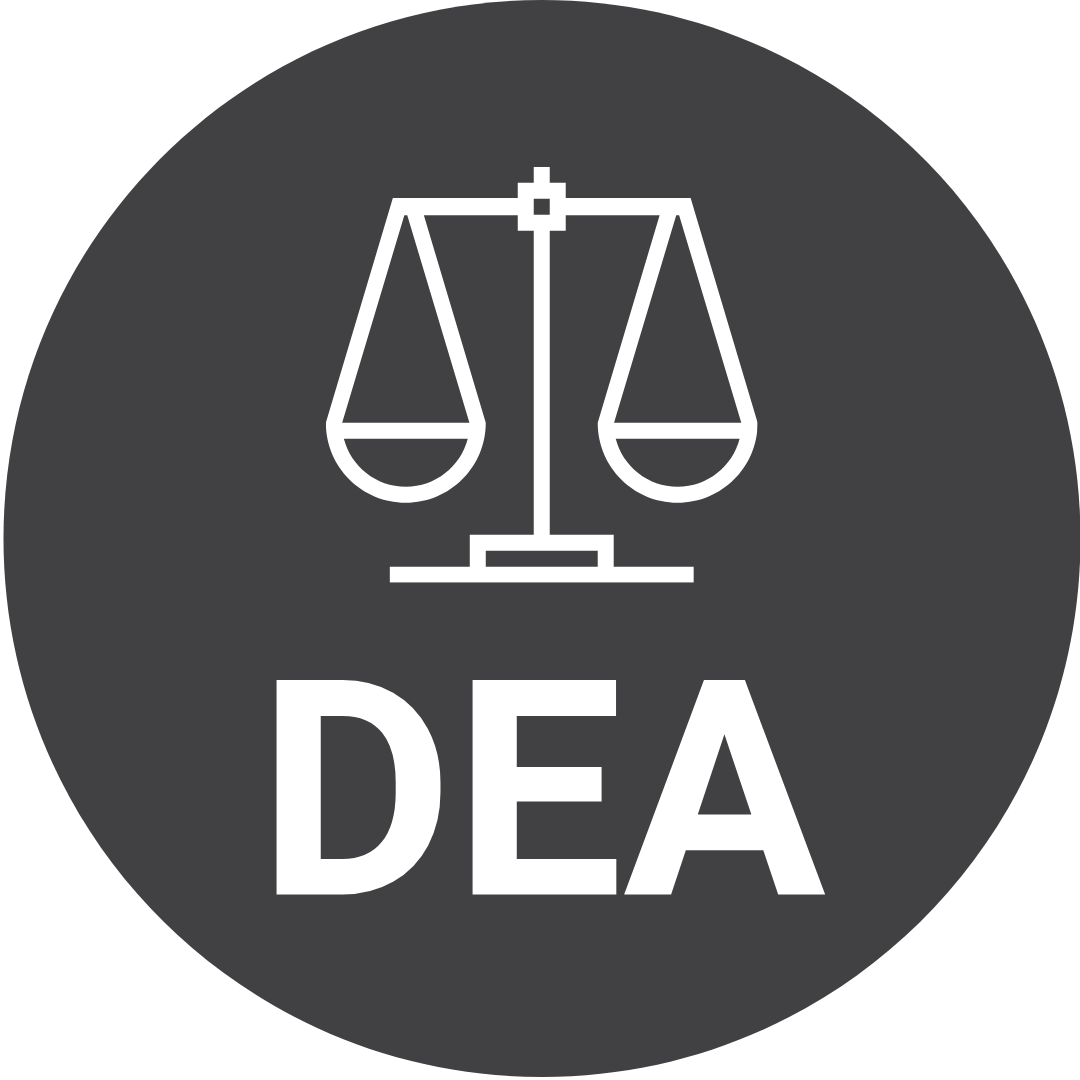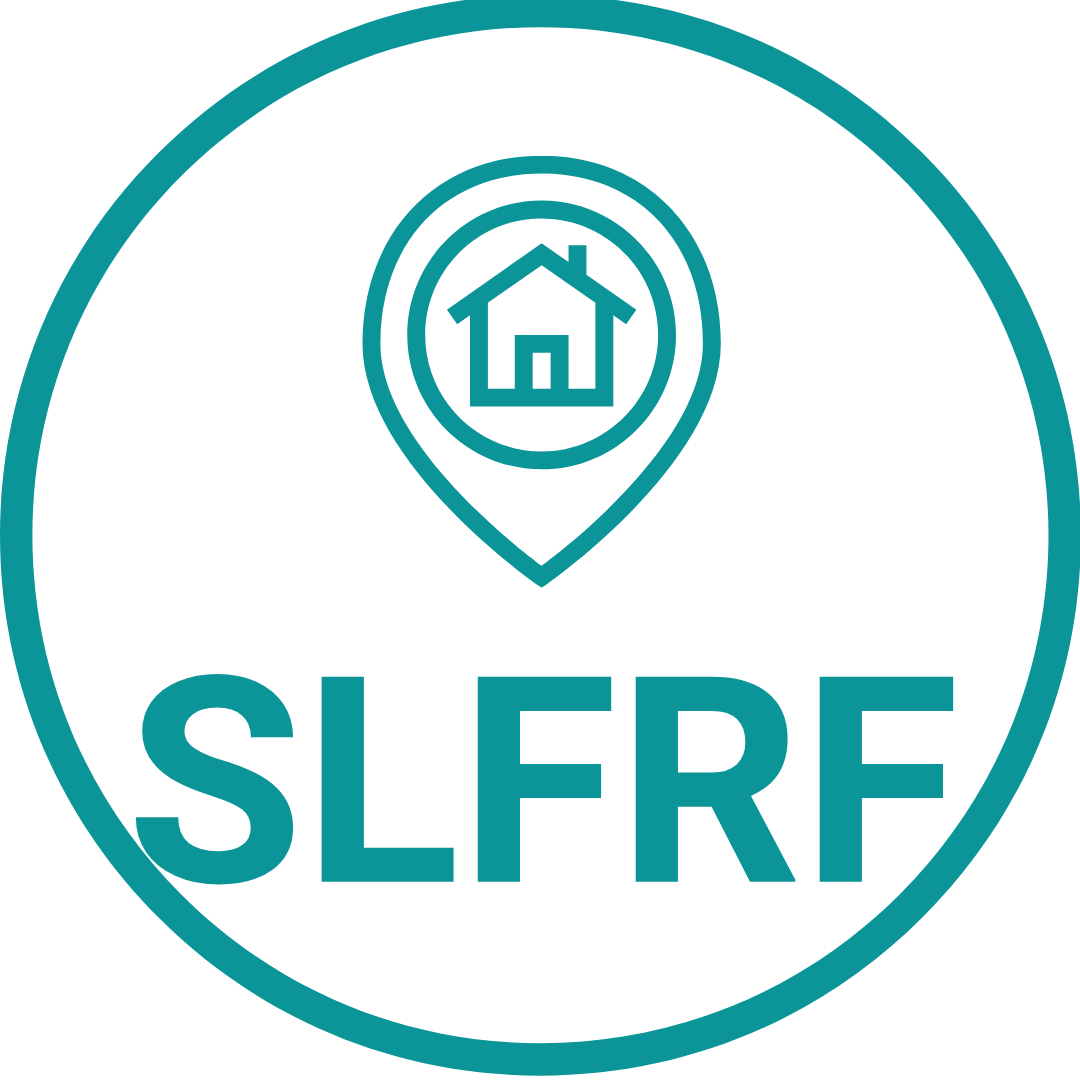POLICY
We advocate for local, state, and federal policies to promote digital equity and support local digital inclusion strategies.NDIA prioritizes equity. This means our digital inclusion work prioritizes people who have been left behind in the digital age. NDIA’s policy priorities focus on expanding access to affordable broadband service, appropriate devices, and digital skills training and support.
Top 5 Federal Digital Inclusion Funding Sources
Click the Icons Below to See Blogs & Information
Tip: For more information on the federal digital inclusion programs below and others, please see this resource published by Common Sense.
The Affordable Connectivity Program (ACP), formerly the Emergency Broadband Benefit (EBB), is a broadband affordability program that provides a discount of up to $30 per month toward internet service for eligible households and up to $75 per month on Tribal lands.
The Broadband Equity, Access, and Deployment (BEAD) Program, established by the Infrastructure Investment and Jobs Act (IIJA), is a $42.45B program to award block grants to states for broadband deployment and adoption. Access NTIA’s BEAD information here, and see full legislative text here.
The Capital Projects Fund (CPF), established by the American Rescue Plan Act, is a $10B program to awards block grants to states for a range of broadband and digital inclusion activities. Access U.S. Department of the Treasury CPF resources here to see eligible uses of funding and the full legislative text here.
The Digital Equity Act of 2021 (DEA), part of the IIJA, establishes 3 programs: (1) State Digital Equity Planning Grant Program: $60M to develop state digital equity plans. (2) State Digital Equity Capacity Grant Program: $1.44B for implementation of state digital equity plans. (3) Digital Equity Competitive Grant Program: $1.25B for public and non-public entities. See NTIA’s DEA resources here and full legislative text here.
The Coronavirus State and Local Fiscal Recovery Funds (SLFRF), established by the American Rescue Plan Act, is a $350B program that awards block grants to state, county, and city governments for COVID-19 relief purposes, including a range of broadband and digital inclusion activities. See Treasury’s SLFRF resources here, including the SLFRF Final Rule, and see full legislative text here.
Policy Priorities 2021-22
NDIA bridges the community of digital inclusion practitioners and policymakers with a unified voice advocating for broadband access, devices, digital skills training, and tech support. Working collaboratively, NDIA identifies, crafts, and disseminates resources and tools to help community-based digital inclusion programs increase their impact and serve those most impacted by the digital divide. While universal, the digital divide disproportionately impacts disadvantaged communities and individuals, including people of color, older adults, and people experiencing poverty. NDIA affiliate organizations serve these populations in almost every state, the District of Columbia, Puerto Rico, and the US Virgin Islands. Their work informs the following policy priorities and, if implemented, would make significant progress in advancing digital equity.
1. Make Broadband Affordable for Everyone in the United States
WHY
According to Pew Research Center, 26 percent of people across the US are worried about paying for their internet bill over the next few months and 54 percent of all households earning less than $25,000 a year don’t have a broadband subscription. Ensuring that internet service is affordable so all people in the United States can access and leverage its benefits is essential. The following recommendations are designed to create a more affordable market for all consumers and provide support for the most vulnerable and marginalized populations for whom the cost of a broadband subscription is out of reach.
HOW
1. Congress should create a permanent benefit program.
Make the Emergency Broadband Benefit Program (EBB) permanent.
– The EBB was Congress’ first step toward establishing a permanent broadband benefit, which is essential for low-income and economically distressed households. However, a permanent program is needed.
– The permanent program should build on the successes and lessons learned from the EBB program.
Update the Emergency Broadband Benefit Program, so it works better for program participants.
– Simplify enrollment process
– Ensure all internet plans are eligible for the benefit
– Include consumer protection measures
– Include and enforce data sharing requirements to streamline
Provide funding for outreach and technical assistance for Community Based Organizations providing support to households enrolling in EBB.
Ensure smooth transition from EBB to the permanent program.
2. The federal government should incentivize affordable rates for consumers in federally funded programs.
Federally funded broadband infrastructure deployment grant rules should require grantees to provide low-cost options for consumers.
Federally funded broadband infrastructure deployment grant rules should require grantees to accept Lifeline, the EBB and any program that follows the EBB.
3. The federal government should Increase broadband competition across the United States
Allocate funding to community-designed solutions such as gap networks and community-owned networks designed to address affordability.
State and federal broadband infrastructure deployment grants should be available to community-based, locally accountable providers.
– For example, community-owned networks, electric member cooperatives (EMCs), telephone member cooperatives (TMCs) are all community based and owned by community members, thus are accountable to the community members.
The Federal Communications Commission (FCC) should reclassify broadband as a Title II service, which would allow the FCC to strengthen universal service.
4. The federal government should raise the standard of unserved and underserved speed thresholds to standards that match the current usage and requirements for next generation applications.
2. Fund and Support Community-Based Digital Inclusion Programs
WHY
Trusted community-based programs and organizations play a vital role in advancing digital equity through providing assistance to households with digital skills and digital literacy training, obtaining access to computers, finding affordable internet for their homes, and navigating all the complexities of getting online. They are well positioned to gather data from community members, better informing programming and policy decisions. The following recommendations ensure community organizations will be positioned to support residents through digital inclusion initiatives across the country for years to come.
HOW
1. Congress should pass the Digital Equity Act.
2. Congress should create a permanent funding program for community-based digital inclusion programs and organizations.
3. Congress should include the full range of digital inclusion activities as allowable activities in current programs such as the Workforce Innovation and Opportunity Act (WIOA) and Appalachian Regional Commission (ARC).
4. All three federal bank regulatory agencies should explicitly recognize regulated lenders’ financial support for the full range of community digital inclusion initiatives as “qualifying activities” for Community Reinvestment Act consideration, to the extent that those initiatives serve low and moderate income residents in lenders’ CRA assessment areas.
5. Congress should expand digital inclusion opportunities for residents in affordable or assisted housing.
Allocate funding to public housing authorities enabling them to provide digital inclusion programming for residents.
Fund the U.S. Department of Housing and Urban Development (HUD)’s ConnectHome program to provide direct financial support for participating housing authorities.
3. Fund and Invest in Progressive Digital Skills Pathways for Everyone in the US
WHY
Foundational digital skills are now necessary for every occupation in the US, yet roughly one-third of unemployed individuals in the US lack these foundational skills and cannot compete for 75.2% of the current job openings.
HOW
1. Congress should pass the Digital Equity Act.
2. Congress should invest in new digital literacy upskilling grants to expand access to high quality digital skills instruction that meets industry and workforce needs.
3. Congress should develop a measurable national standard for industry-specific digital upskilling efforts.
4. Congress should integrate digital literacy into existing federal grant programs as an eligible activity and expense.
4. Increase Access to Devices for Everyone in the US
WHY
Devices such as computers and laptops are essential for accessing the internet and its benefits. Yet, 7.1 percent of US households don’t have a device in their home, and 9.8 percent rely on smartphones. The following recommendations will help narrow the gap and provide greater access to devices for individuals and households across the country.
HOW
1. The federal government should provide support to households experiencing poverty to purchase devices.
Congress should pass the “Device Access for Every American Act” to provide a voucher to low-income residents to purchase laptops and tablets.
Congress should expand and make permanent funding for the “Emergency Connectivity Fund” which allocates funding to libraries and K-12 institutions to purchase and loan devices to their constituents.
2. Create sustainable systems for increasing device access throughout the United States.
Congress should pass “Computers for Veterans and Students Act of 2020” to reallocate unwanted computers and laptops to device refurbishers who refurbish used devices and provide them to low-income households and individuals.
Congress should pass the Digital Equity Act.
5. The FCC Should Collect and Disseminate Granular Broadband Adoption and Affordability Data Twice Annually
WHY
Consumers deserve clear and concise benchmarking and data to measure policy and programs that address broadband adoption and affordability.
HOW
1.Collect more diverse and granular data regarding broadband adoption, as well as its metrics for progress on deployment, to include:
Developments in the cost of household broadband access, whether that cost is a barrier to access for a significant number of households, and whether that cost of access is being increased by unreasonable or anti-competitive policies and practices.
Much greater detail regarding the rate of adoption of broadband services in different types of locality (rural, city, suburban, tribal) and by classes of consumer, particularly household income cohorts.
2. Mandate internet service providers to be transparent with pricing data and service speeds.
Create a broadband “nutrition label”: Collect data from providers for broadband coverage measurement and mapping, require each provider to report the total monthly price charged to a residential customer for each distinct broadband plan or tier of standalone broadband service, net of any promotional discount, including mandatory equipment charges, usage-based fees, and fees for early termination of required contracts.
The FCC should combine this residential pricing data with household income data from the Census to create, and publicly report, tract-specific affordability data by provider, type and tier of service.
3. Enforce provider rates-and-services transparency as mandated in the FCC’s 2018 “Restoring Internet Freedom” Order (paragraphs 196, 203 and 204).
6. Ensure Equitable Deployment of Broadband Services
WHY
NDIA and others have documented numerous examples of digital redlining, i.e. discrimination by internet service providers in the deployment, maintenance, or upgrade of infrastructure or delivery of services. Communities harmed by digital redlining are often marginalized in other ways linked to the race, ethnicity and/or economic status of their residents. Slow, unreliable broadband service and the absence of normal competition among providers can put redlined communities at a significant disadvantage in attracting and retaining residents and businesses, compared to better-served neighboring areas. Obsolete technology also discourages broadband adoption in a variety of ways, most recently by blocking eligible residents of some redlined communities from taking full advantage of the Emergency Broadband Benefit.
HOW
1. Congress should pass legislation that clearly gives the FCC the authority and responsibility to prevent ISPs from engaging in digital redlining.
2. The FCC should reclaim and use its authority under Title II to prevent ISPs, as common carriers, from denying equitable service based on communities’ race or income.
3. The FCC should assess fines on ISPs that have demonstrably engaged in digital redlining and discriminatory practices within the past 10 years, and the fines should address the interrupted broadband adoption of residents.

